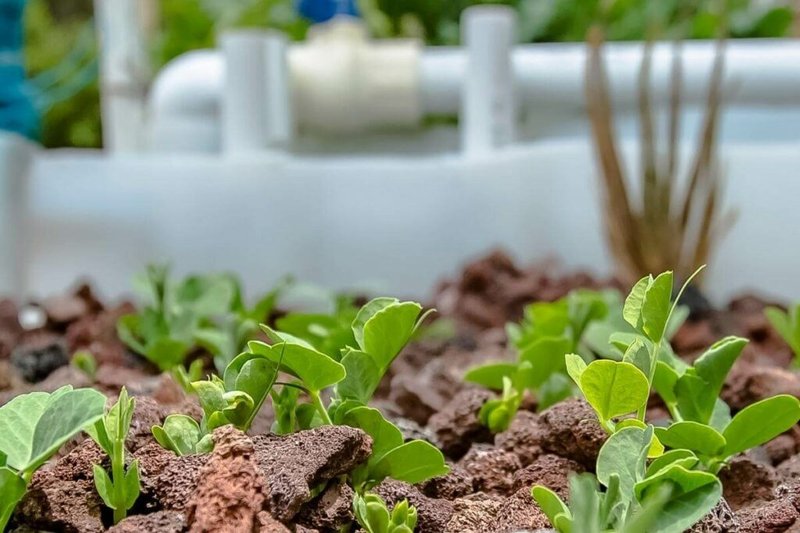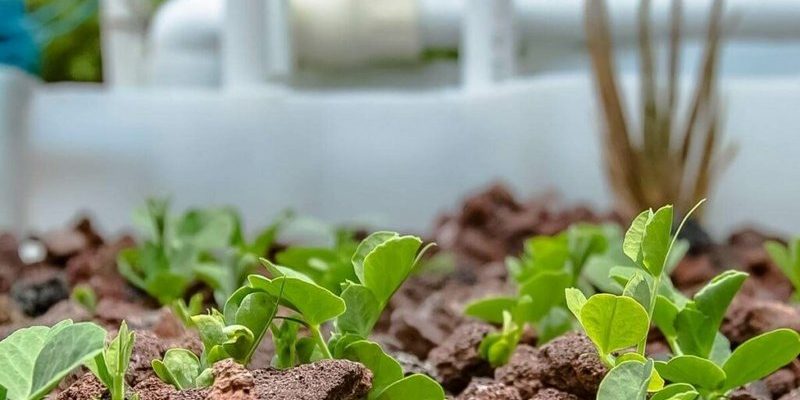
So, why even consider using earthworms in aquaponic systems? Honestly, they can help enhance nutrient availability, improve soil structure, and even contribute to better water quality. In this article, we’ll explore how these little wrigglers can work alongside fish and plants to create a thriving ecosystem. Let’s dive deep into the world of earthworms and aquaponics, shall we?
What Are Earthworms and Their Role?
Earthworms are often called nature’s recyclers. They consume organic matter, like dead leaves and decomposing plants, and turn it into nutrient-rich compost known as worm castings. This process not only enriches the soil but also helps improve drainage and aeration. But how do they fit into an aquaponic system?
In aquaponics, earthworms can serve several purposes. They help break down organic waste from fish, turning it into nutrients that plants can easily absorb. Plus, they can enhance the growth of beneficial bacteria, which is essential for breaking down ammonia from fish waste. So, it’s pretty clear that earthworms have a lot to contribute.
Imagine having a mini composting system within your aquaponic setup. With earthworms working alongside your fish and plants, you create a rich environment for growth. It’s like having a trio of superheroes, each with their unique powers, working tirelessly to create a better ecosystem!
Benefits of Using Earthworms in Aquaponics
There are several advantages to incorporating earthworms into your aquaponic system. Let’s break down some key benefits.
- Nutrient-Rich Compost: Earthworms produce worm castings that are packed with nutrients. These castings can help plants grow faster and healthier.
- Improved Soil Structure: The burrowing action of earthworms helps aerate the soil, ensuring that roots have access to air and water.
- Pest Control: By introducing earthworms, you can also help control pests naturally. They can contribute to a balanced ecosystem, reducing the need for chemical pesticides.
- Enhanced Microbial Activity: Earthworms promote beneficial bacteria that are essential for breaking down waste and improving nutrient uptake for plants.
Earthworms really create a win-win situation in aquaponics. They boost nutrient availability while also supporting a healthy environment for both plants and fish. Sounds great, right?
Types of Earthworms Suitable for Aquaponics
Not all earthworms are created equal when it comes to aquaponics. Here are a few types that have proven to be effective:
- Red Wigglers (Eisenia fetida): These are the most common composting worms. They thrive in warm environments and are excellent at breaking down organic matter.
- European Nightcrawlers (Eisenia hortensis): These worms are larger and can tolerate cooler temperatures. They also produce quality worm castings.
- Redworms (Lumbricus rubellus): Great for composting, these worms are adaptable and can handle various conditions.
Choosing the right type of earthworm for your setup is crucial. Red wigglers are often preferred for their ability to thrive in a compost-rich environment. So, if you’re starting out, consider going with these little champs.
Integrating Earthworms into Your Aquaponic System
Now that you know the benefits and types of earthworms, you might be wondering how to integrate them into your aquaponics system. Here’s the step-by-step process to get you started.
1. Create a Worm Bed: Set up a separate container filled with compost, shredded paper, or coconut coir—something comfortable for the worms.
2. Add Earthworms: Introduce your chosen worms into the worm bed. Make sure there’s enough organic matter for them to munch on.
3. Connect to Your Aquaponics System: You can either keep the worm bed separate or introduce them into the grow bed of your aquaponics. Just be cautious of their numbers to avoid overwhelming your fish tank.
4. Monitor Conditions: Keep an eye on moisture levels and temperature. Worms thrive in a moist, warm environment, so do what you can to maintain that.
Integrating earthworms might seem tricky, but with a little preparation, you can create a harmonious ecosystem. It’s all about finding balance.
Common Challenges When Using Earthworms
Even though earthworms can be fantastic for aquaponics, there are some challenges to keep in mind. Here’s a few issues you might face.
– Overpopulation: If you’re not careful, earthworms can multiply rapidly. This could lead to competition for resources, which isn’t good for your fish or plants.
– Moisture Levels: Too much moisture can drown your worms, while too little can dehydrate them. It’s essential to keep the conditions just right.
– Compatibility with Fish: Some fish may not react well to the introduction of earthworms into the aquaponic system, so it’s essential to monitor their behavior.
Being aware of these potential challenges can help you take proactive steps to maintain a healthy aquaponic ecosystem.
The Environmental Impact of Using Earthworms
Using earthworms in aquaponics isn’t just beneficial for your plants and fish; it also has a positive impact on the environment. Here are some aspects to consider.
– Waste Reduction: By using earthworms to break down organic matter, you’re reducing waste that would otherwise end up in landfills. This helps decrease greenhouse gas emissions.
– Sustainable Practices: Integrating earthworms into aquaponics promotes sustainable farming practices. It encourages a cycle of growth and waste recycling, minimizing the need for chemical fertilizers.
– Biodiversity: By fostering a diverse ecosystem, earthworms contribute to a more resilient environmental balance, supporting various plant and animal life.
Understanding the broader environmental impact is crucial as we strive for sustainability. Earthworms can play a big part in that journey.
Incorporating earthworms into your aquaponic system can be a game-changer. They offer numerous benefits, like boosting nutrient availability and enhancing soil structure. Plus, they help create a more sustainable and eco-friendly farming practice.
Whether you’re new to aquaponics or an experienced hand, considering earthworms might be just the evolution your system needs. With a little effort, you can create a thriving, self-sustaining ecosystem that benefits not just your plants and fish but the environment as a whole. So why not give it a shot? You might be surprised by how much those little wrigglers can contribute!

